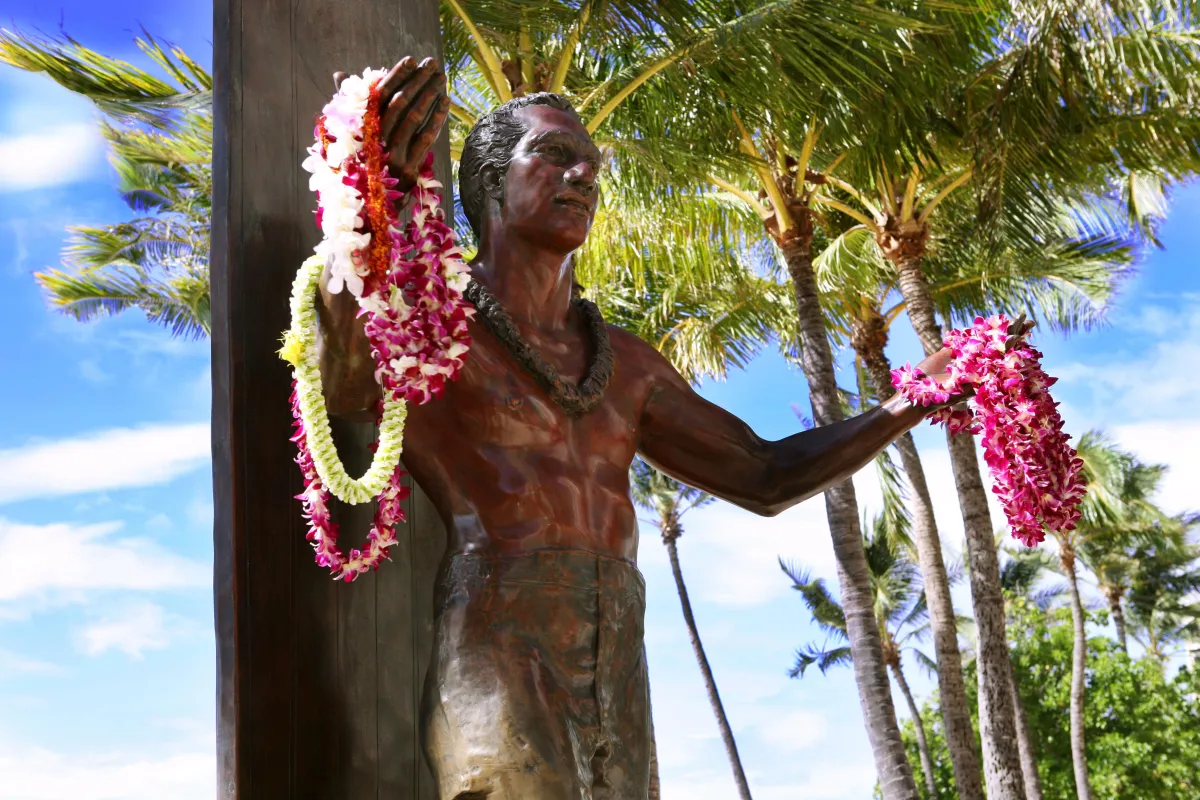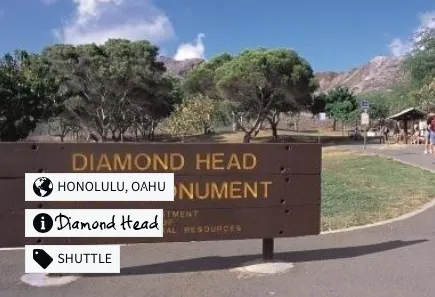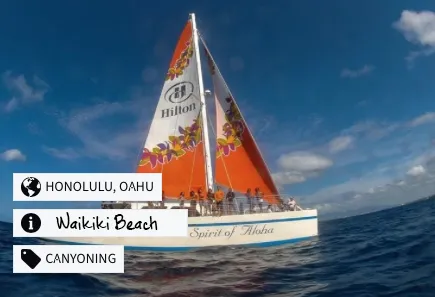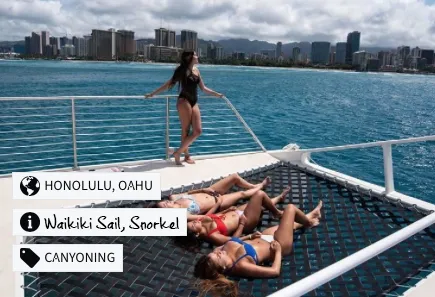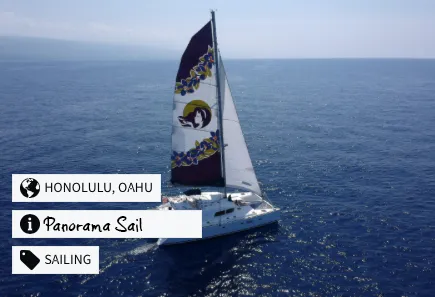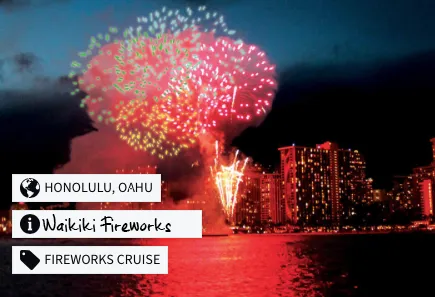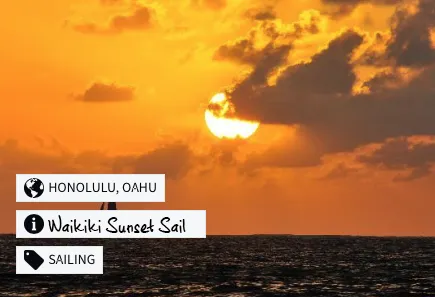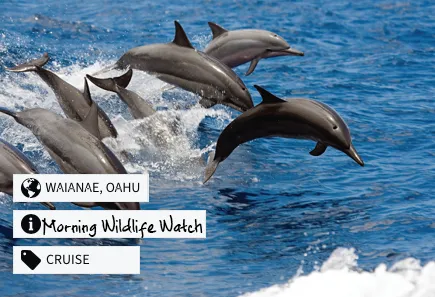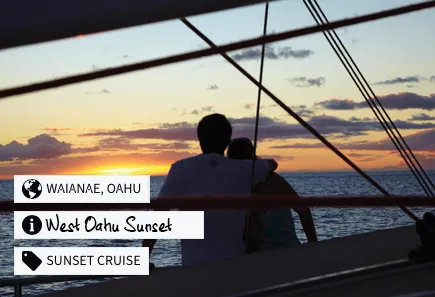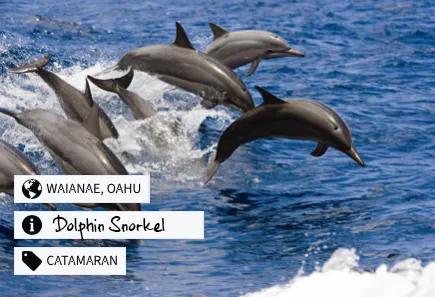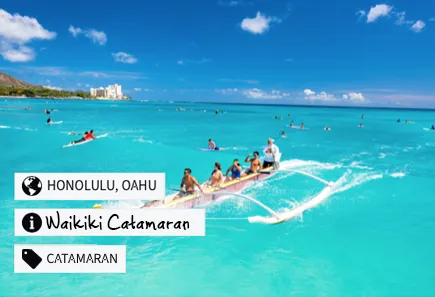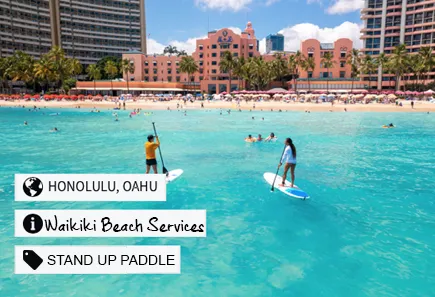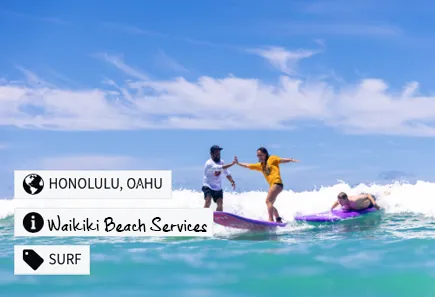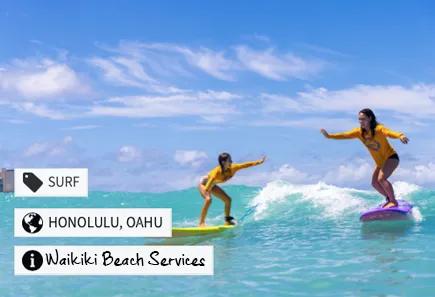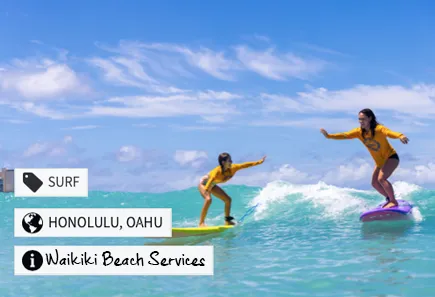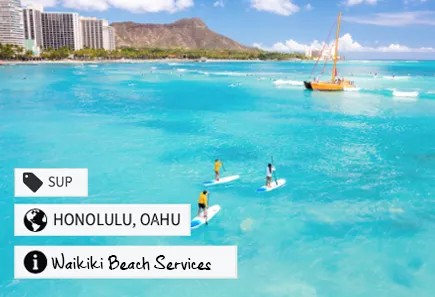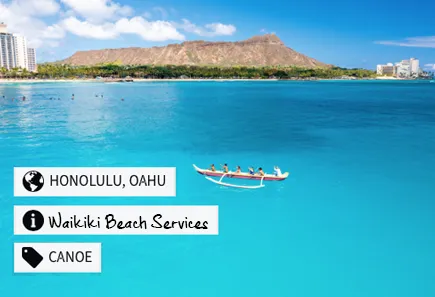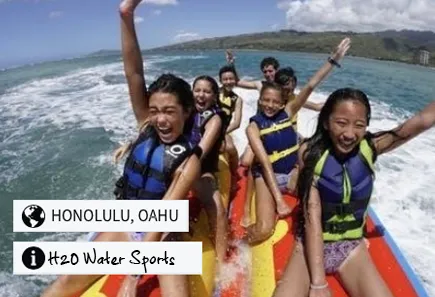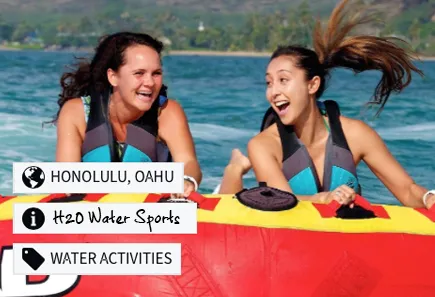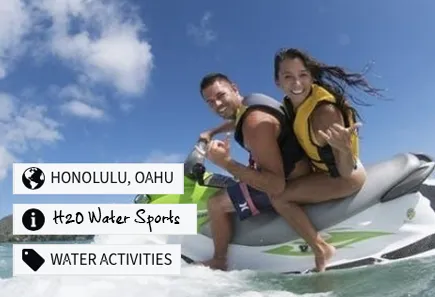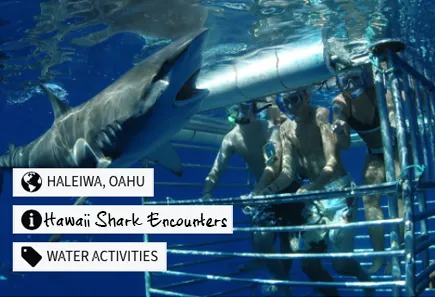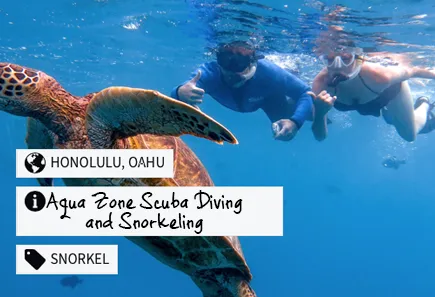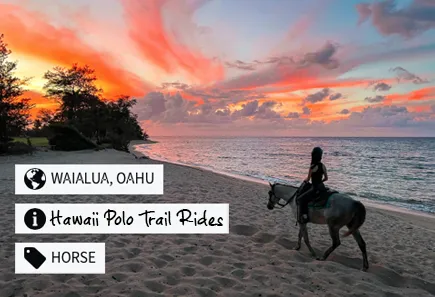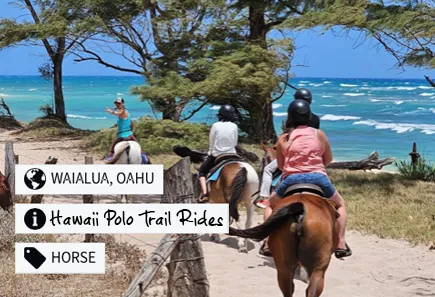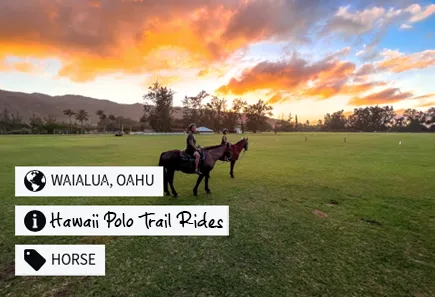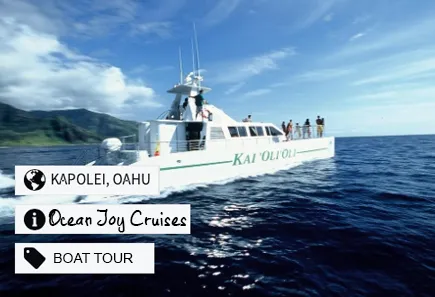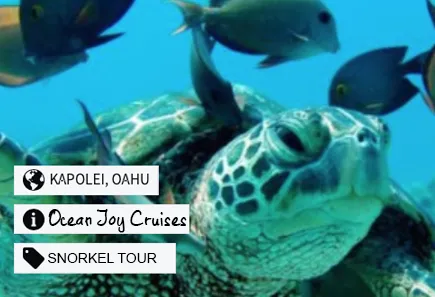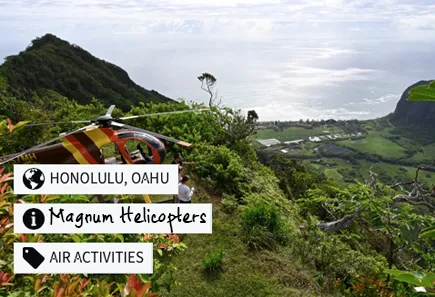BOOK, EXPLORE, EXPERIENCE
We would love to help plan your dream trip to our Islands!
Welcome to Go2Hawaii
Your dream Hawaiian vacation starts here! Whether you're planning your first trip to the islands or you're a seasoned traveler, Go2Hawaii is your ultimate resource for all things Hawaii. From booking activities and tours to discovering hidden gems, we have everything you need to create unforgettable memories.
Discover our Islands
Hawaii is a paradise of stunning landscapes, vibrant culture, and endless adventure. Dive into the crystal-clear waters of Maui, hike the lush trails of Kauai, explore the bustling streets of Honolulu, or relax on the serene beaches of the Big Island. Each island offers unique experiences, and we're here to help you explore them all.
Book Online
with Ease
Say goodbye to the stress of planning. With Go2Hawaii, booking your Hawaiian adventure has never been easier. Browse our extensive selection of activities and tours, from snorkeling and surfing to cultural excursions and helicopter rides. Find the best deals and secure your spots with just a few clicks.
Experience the Aloha Spirit
Immerse yourself in the rich traditions and warm hospitality of Hawaii. At Go2Hawaii, we connect you with local guides and authentic experiences that let you truly feel the spirit of Aloha. Whether you're seeking adventure, relaxation, or cultural enrichment, we're here to make your Hawaiian dreams come true.
Start Your Journey
Ready to embark on your Hawaiian adventure? Explore our website, book your activities, and get ready to experience the beauty and magic of Hawaii. With Go2Hawaii, your perfect island getaway is just a click away.
Discover our Islands of Aloha!
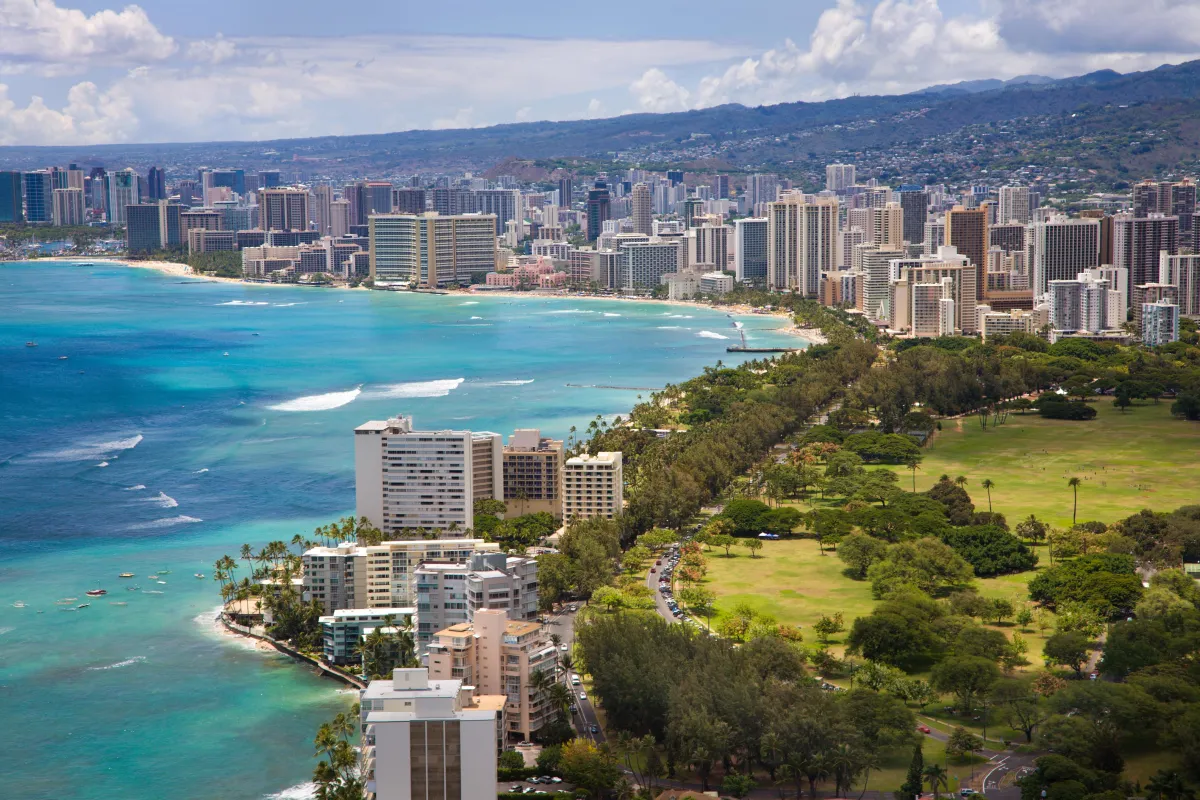
Oahu: The Heart of Hawaii
Oahu, known as "The Gathering Place," is the vibrant heart of Hawaii. Home to the bustling city of Honolulu, iconic Waikiki Beach, and historic Pearl Harbor, Oahu offers a unique blend of urban excitement and natural beauty. Whether you're surfing the North Shore, hiking to the top of Diamond Head, or exploring the local food scene, Oahu promises endless adventure and cultural experiences.

Maui - The Valley Isle
Discover Maui, a paradise of lush landscapes and stunning coastlines. Whether you're driving along the scenic Hana Highway, watching the sunrise from Haleakala Crater, or snorkeling in the crystal-clear waters of Molokini, Maui offers endless adventures. With its luxury resorts, charming towns, and world-class beaches, Maui is the perfect destination for romance, relaxation, and exploration.

Kauai - The Garden Isle
Experience the natural beauty of Kauai, where emerald valleys and rugged cliffs meet pristine beaches. Known as the Garden Isle, Kauai is a haven for outdoor enthusiasts. Hike the legendary Napali Coast, take a boat tour to explore hidden sea caves, or relax on the sandy shores of Hanalei Bay. With its lush rainforests and dramatic landscapes, Kauai is a true island paradise.

Hawaii Island (Big Island) - The Orchid Isle
Explore the Big Island, a land of striking contrasts and boundless adventure. From the fiery landscapes of Hawaii Volcanoes National Park to the snow-capped peaks of Mauna Kea, the Big Island offers unique experiences you won't find anywhere else. Swim with manta rays, visit lush coffee farms, and discover the rich cultural heritage in Hilo and Kona. The Big Island invites you to experience its diverse and dynamic beauty.
Our Hidden Gems
Moloka'i - The Friendly Isle
Immerse yourself in the authentic Hawaiian culture of Moloka'i. Known as the Friendly Isle, Molokai offers a glimpse into a simpler way of life. Visit the historic Kalaupapa National Historical Park, hike to the breathtaking Halawa Valley, and enjoy the untouched beauty of Papohaku Beach. With its strong sense of community and unspoiled landscapes, Moloka'i invites you to experience the true spirit of Aloha.
Lana'i - The Pineapple Isle
Step into the serene and secluded world of Lana'i. Once known for its pineapple plantations, Lanai now offers a quiet escape with luxurious resorts and unspoiled nature. Explore the otherworldly landscapes of the Garden of the Gods, relax on the pristine beaches of Hulopoe Bay, and take a 4x4 adventure to discover hidden treasures. Lanai is the perfect destination for tranquility and luxury.
Ni'ihau - The Forbidden Isle
Ni'ihau, known as the Forbidden Isle, offers an exclusive glimpse into an untouched, traditional Hawaiian way of life. Accessible only by invitation, this private island preserves its natural beauty and cultural heritage, making it a rare and unique destination. With no paved roads or modern infrastructure, Ni'ihau provides a serene escape where you can truly experience the essence of old Hawaii.
Top Tours for O'ahu
Waikiki Turtle Sail, Snorkel, Lunch
Sailing and see Waikiki sights, and thrilling snorkeling experiences including seeing Hawaiian green sea turtles. During whale season (December through April), we’ll also stop to watch those majestic mammals. Snorkel fins and vest and in-water assistance from expert crew.
Ocean Playground Packages
We offer Hawaii's most complete lineup of activities, with packages designed, so you can experience multiple adrenaline-pumping playthings in one day. Jet skiing, bumper tubing, and banana boating to relaxing and fun activities like parasailing and snorkeling, we've got it all!
Helicopter Ride/Mountain Landing
For a truly special experience, Magnum Helicopters will give you, not only our famous Doors Off Adventure, but we'll also take you to a private landing spot overlooking the famous Waimea Bay. Take pictures, sip some champagne (our treat) and just relax and enjoy the view.

Don't see what you are looking for?
Please contact Go2Hawaii.com and let us know what kind of Hawaii experience you are interested. in. We will do our best to make your Hawaiian vacation unforgettable. We are born and raised in Hawaii and look forward to exceeding your expectations!
Frequently Asked Questions (FAQ) about Traveling to Hawaii
What is the best time to visit Hawaii?
Hawaii is a year-round destination with a warm tropical climate. The best time to visit depends on your preferences. For fewer crowds and lower prices, consider visiting in the spring (April to June) or fall (September to November). The peak tourist season is from mid-December to mid-April.
Do I need a passport to travel to Hawaii?
If you are a U.S. citizen, you do not need a passport to travel to Hawaii. A valid government-issued photo ID is sufficient. International travelers will need a valid passport and may require a visa, depending on their country of origin..
How many islands can I visit in Hawaii?
Hawaii is made up of eight main islands, but six are typically accessible to tourists: Oahu, Maui, Kauai, Hawaii Island (Big Island), Lanai, and Molokai. Each island offers unique experiences, and inter-island flights make it easy to explore multiple islands during your trip.
What should I pack for my trip to Hawaii?
Pack lightweight, comfortable clothing suitable for warm weather, swimwear, reef-safe sunscreen, sunglasses, a hat, and sturdy shoes for hiking and outdoor activities. Don’t forget a light jacket or sweater for cooler evenings and higher elevations.
Can I rent a car in Hawaii?
Yes, renting a car is a popular way to explore the islands, especially on Oahu, Maui, Hawaii Island, and Kauai. Car rentals are available at major airports and in many resort areas. Be sure to book in advance, especially during peak travel seasons.
What are some must-see attractions in Hawaii?
Some must-see attractions include Waikiki Beach and Pearl Harbor on Oahu, Haleakala National Park and the Road to Hana on Maui, the Napali Coast and Waimea Canyon on Kauai, and Hawaii Volcanoes National Park and Mauna Kea on the Big Island.
Are there any cultural customs I should be aware of?
Hawaii has a rich cultural heritage, and respecting local customs is important. Show respect for the land, wildlife, and local residents. Remove your shoes before entering someone’s home, learn a few Hawaiian words and phrases, and always practice aloha (love, peace, and compassion).
Is it expensive to travel to Hawaii?
Travel costs to Hawaii can vary. Flights, accommodations, and activities can be expensive, especially during peak seasons. However, there are ways to save, such as booking in advance, traveling during off-peak times, and exploring free or low-cost attractions like beaches and hiking trails.
What kind of food can I expect in Hawaii?
Hawaii offers a diverse culinary scene, with influences from Hawaiian, Asian, and Pacific Rim cuisines. Don’t miss trying local favorites like poke, loco moco, kalua pig, malasadas, and shave ice. Fresh seafood and tropical fruits are also abundant.
Get In Touch
Email: [email protected]
